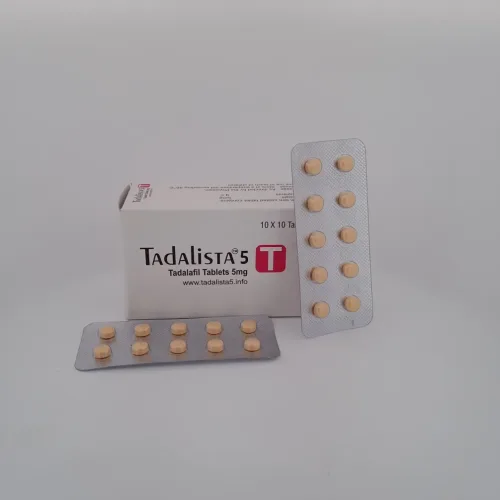we are committed to ensuring complete customer satisfaction.
Welcome to the new AIPCTSHOP! Better design, smoother checkout, and the same reliable delivery you trust.
USD $0.00
Cart TotalNo products in the cart.
Hair loss is a common issue that affects millions of men and women around the world. While losing some hair is a natural part of ageing, excessive hair loss can impact self-esteem and confidence. Fortunately, advancements in medical science and technology have led to innovative treatments that offer hope for those experiencing hair thinning or baldness. In this blog, we’ll explore some of the latest treatments and technologies for hair loss, helping you navigate the options available today.
Platelet-Rich Plasma (PRP) Therapy
PRP therapy uses a patient’s own blood, which is processed to extract platelets rich in growth factors. These are injected into the scalp to stimulate hair follicles, encouraging new hair growth. PRP is a promising treatment for those experiencing thinning hair or early-stage hair loss.
Low-Level Laser Therapy (LT)
Low-Level Laser Therapy uses light energy to stimulate hair follicles and improve circulation in the scalp. This non-invasive treatment promotes hair growth by prolonging the growth phase (anagen) of the hair cycle, making it ideal for androgenetic alopecia.
Minoxidil Foam and Solutions
Minoxidil is a topical treatment that has been around for years but continues to be one of the most effective solutions for hair loss. New formulations, including foams and higher concentrations, offer better application methods and improved results for both men and women.
Finasteride (Propecia)
Finasteride is an oral medication that reduces DHT (dihydrotestosterone) levels, the hormone responsible for shrinking hair follicles. It has been effective in halting hair loss and promoting regrowth, especially in men with male pattern baldness.
Hair Cloning Technology
Hair cloning is a cutting-edge treatment still in the research stages but holds potential for future hair loss solutions. It involves replicating healthy hair follicles in a lab and implanting them back into areas of thinning hair, potentially providing a permanent solution for baldness.
Exosome Therapy
Exosome therapy is an emerging treatment that involves injecting exosomes, which are cell-derived vesicles that play a key role in cell communication, into the scalp. Exosomes help regenerate hair follicles, encouraging faster and thicker hair growth.
Robotic Hair Transplant
Advances in robotics have led to more precise hair transplant procedures, where robots assist in extracting and implanting hair follicles. This technology improves accuracy, reduces recovery time, and produces more natural-looking results in hair restoration.
Microneedling with Growth Factors
Microneedling creates tiny punctures in the scalp, stimulating collagen production and increasing blood flow to hair follicles. When combined with growth factors or PRP, this treatment becomes even more effective at promoting hair regrowth.
Stem Cell Therapy
Stem cell therapy involves injecting stem cells into the scalp to activate dormant hair follicles. While still in the experimental stage, this technology shows potential for regenerating hair and treating severe cases of alopecia.
Scalp Micropigmentation
Scalp micropigmentation (SMP) is a non-invasive cosmetic procedure that creates the appearance of fuller hair through the application of pigments to the scalp. It’s ideal for those looking to enhance the look of thinning hair or cover bald spots without surgery.
Conclusion
Hair loss can be a challenging experience, but with the latest treatments and technologies available today, there are more options than ever to manage and even reverse hair thinning. From PRP therapy and laser treatments to advanced medications and surgical techniques, modern science offers hope for individuals seeking to restore their hair and confidence.
Popular Post
The Importance of Regular Sexual Health Checkups
August 15, 2025
Impact of Mental Health on Sexual Function
September 22, 2025
Preventing Hair Thinning Naturally
September 22, 2025
Skincare Mistakes to Avoid
September 5, 2025

















